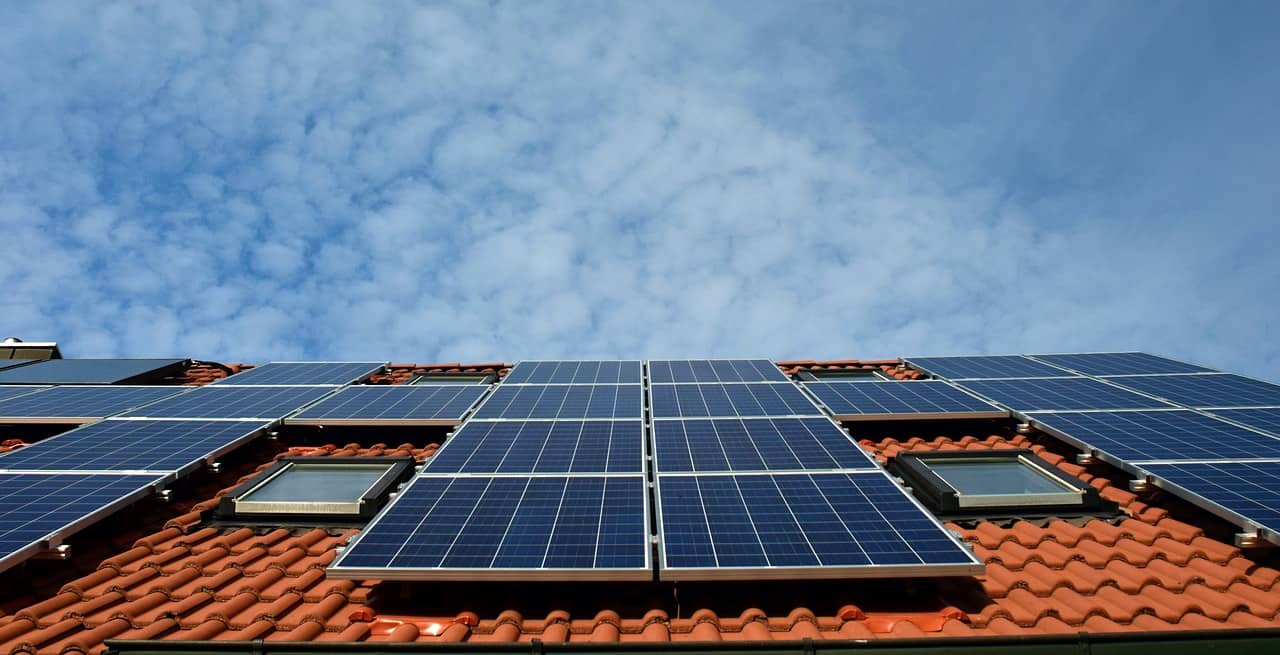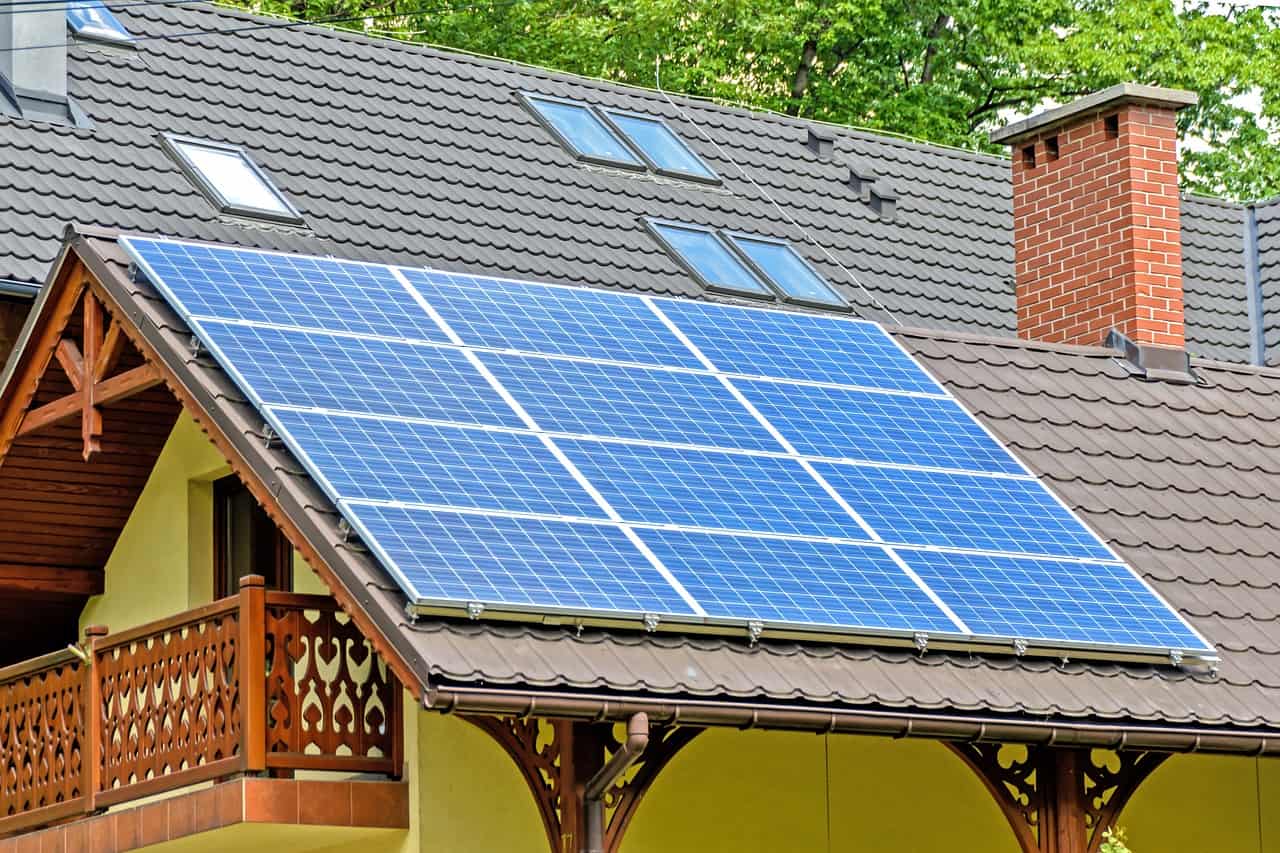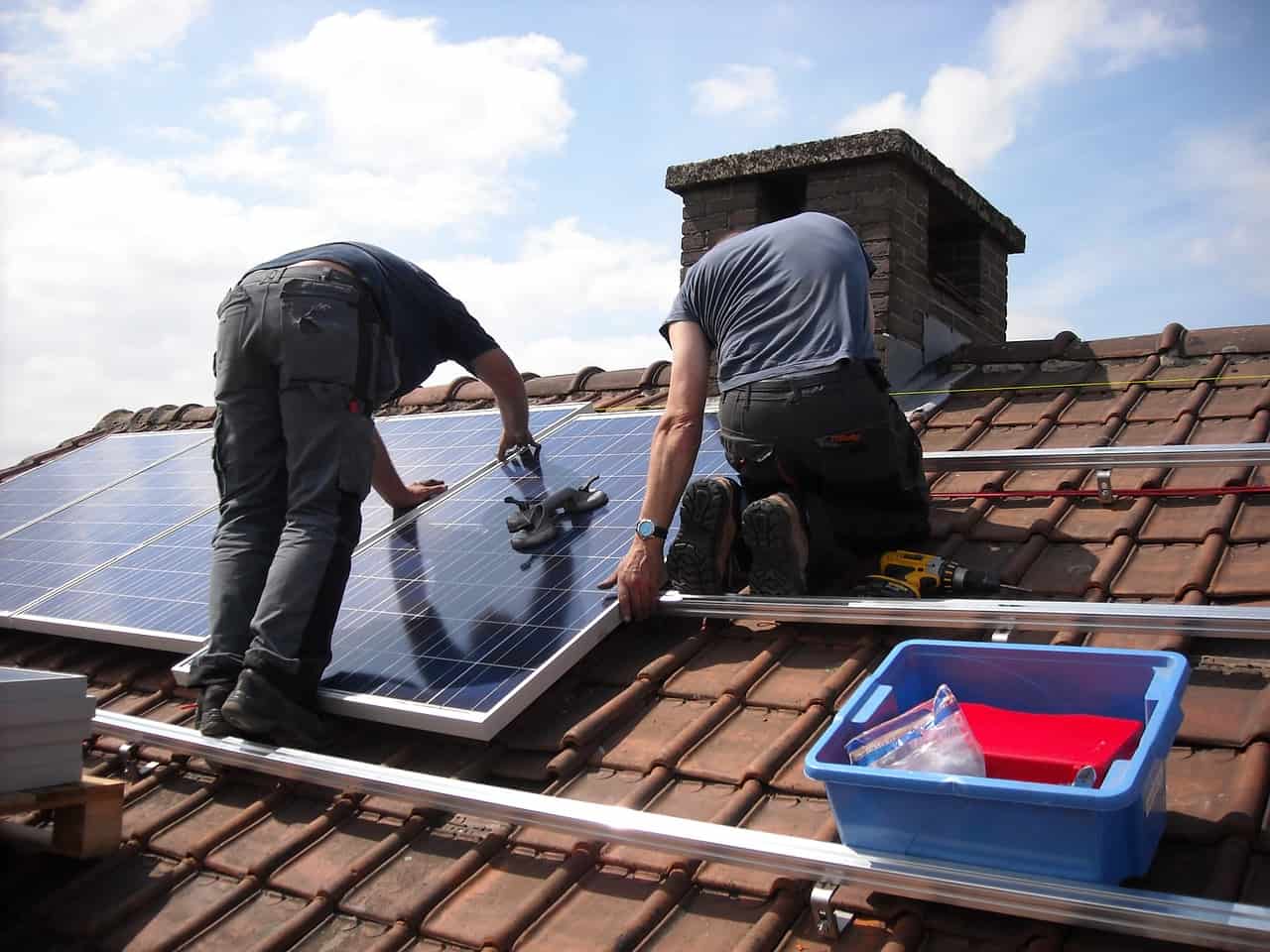How to Finance a Solar Energy System
Most people can’t pay for a solar installation out of pocket. Fortunately, a range of financing options can help you get your project off the ground.

Solar energy can be an expensive investment upfront, but it typically pays off–especially if you have some help in purchasing it. Fortunately, an array of programs help homeowners afford the costs of a solar power system.
Grants
You may be eligible for federal, state, or local grants for your solar upgrade. Federal and state funds are often distributed to state, community-level, and tribal grant programs, which regrant it to individuals. The following are grant programs initiated by federal agencies:
- Through the Rural Energy for America Program (REAP), the U.S. Department of Agriculture (USDA) provides grants of up to $20,000 to help rural homeowners afford or upgrade renewable energy systems. Grant recipients must earn at least half their gross income from agribusiness, and must pay for 75% of the purchase and installation costs.
- The USDA also provides grants for rural communities with higher than average energy costs, which can be used to make upgrades like installing solar power. These funds are distributed to state and local agencies, organizations, tribes, and businesses, which may then grant them to individuals.
Here’s just a small a sampling of grant programs in particular jurisdictions:
- The City of Boulder’s Solar Grant Program compensates homeowners in the city’s affordable housing program for up to 50% of the costs of a solar installation after other incentives are subtracted. (This means they can save with tax credits and other incentives, too.)
- In Rhode Island, homeowners can receive up to $10,000 to cover the costs of a solar installation through the Commerce Rhode Island program.
- Maryland’s Residential Clean Energy Grant Program gives grants of $1,000 and $500 for solar installations (and slightly more for geothermal systems).
Many local programs exist across the country. Visit DSIRE (the Database of State Incentives for Renewables and Efficiency) to find grants for homeowners in your area.

Loans
Loans for solar are given by financial institutions, housing investment funds, utilities, governmental programs, solar manufacturers, and solar finance companies, according to the Clean Energy States Alliance and Department of Energy (DoE). Here are three examples of governmental loan programs:
- The Federal Housing Administration’s PowerSaver. The FHA’s PowerSaver Loan Program lets recipients borrow up to $25,000 for an energy retrofit project like installing solar. The interest rate ranges from 5 to 10%. The program also provides larger loans for the purchase or refinancing of a home that includes substantial energy upgrades.
- The USDA’s Multi-family Housing Loan. This program provides funds for low-income people in rural areas who wish to install solar power systems. Funds are distributed to local programs, and homeowners must apply through them. Contact your state’s USDA office to learn about opportunities where you live.
- Energy-Efficient Mortgages. The federal government and other lenders provide various types of mortgages to help homeowners improve energy efficiency. This allows you to finance the purchase of solar in the same way that you finance the purchase of your home. You can add one to your existing mortgage even if you’ve already lived in the home for years. Here are just a few mortgage programs:
- FHA Energy Efficient Mortgages.
- Fannie Mae’s HomeStyle® Energy mortgage.
- VA Energy Efficient Mortgages.
- Conventional Energy Efficient Mortgages.
Loans vary by jurisdiction–visit the DSIRE website or EnergySage to learn what’s available to you.

Tax Credits and Rebates
If they’re purchased a solar system outright, homeowners can get a tax credit of 30% of the system’s costs through the Solar Investment Tax Credit program.
State tax credits and rebates vary. New York’s Solar Tax Credit will cover up to 25% of costs, for example. In Wisconsin, for every kilowatt (kW) hour of solar power installed (up to 4 kW), a homeowner can receive a $600 rebate. Visit the DSIRE website to look for incentives in your state.
Third-Party Ownership
- Solar Leases. With a lease, an outside entity owns the panels and handles some or all of their maintenance. You can lease the panels at an agreed-upon rate and consume the energy they generate. You may also be able to sell excess energy to the grid. The main benefit is the low upfront cost of installation.
- Solar Power Purchase Agreements (PPAs). A PPA is very similar to a lease–an outside provider handles installation and maintenance. The difference is that you purchase the energy from the provider at a set per-kilowatt-hour rate, rather than paying a fixed monthly fee for use of the panel.

All of these options can save homeowners money while benefiting the environment. If you can afford to purchase a solar system upfront, your monthly energy bill may dramatically drop much sooner, meaning that in the long-run you save more. However, if that’s not feasible, another financing option can help you start saving immediately. Review all the options available where you live, so you can make the most informed choice about what’s right for you.
Updated on



